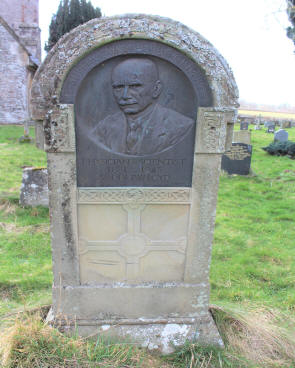
He became FRCP in 1913, FRS in 1918, giving the
Croonian Lecture to the society in 1917, and was awarded its Royal Medal in
1927, the Copley Medal in 1941, the Conway Evans Prize in 1944, and was elected
vice-president for 1943-45. He was appointed CBE in 1920 and was knighted in
1921. He was offered (but declined) the chair of Regius Professor of Physic in
Cambridge in 1932, and gave the Harveian Oration in 1933.
In 1909, he initiated a long collaboration with Willem
Einthoven, a pioneer of electrocardiography. The received his first
electrocardiograph machine in that same year. He began an intensive study on
cardiac arrhythmias. He gained his own cardiographic department in the hospital
and became the Honorary Officer in charge in 1910.
He gained world-wide reputation as a physiologist and
clinical scientist, and was awarded honorary degrees by the Universities of
Wales, Liverpool, Sheffield, Birmingham and Michigan. He was a member or fellow
of many foreign societies and universities. He became the first full-time
clinical researcher for the Medical Research Committee (now Council) when the
Department of Clinical Research was set up in 1916.
A foremost research worker on the action of the human
heart, he was one of the first to use the electrocardiograph. He was author of
about 240 papers and 12 volumes on the heart, blood vessels and pain, books that
saw many editions and were translated into a number of European languages. He
edited Heart and founded and edited Clinical Science.
He was a keen naturalist and bird photographer. He
married Lorna Treharne James of Merthyr Tydfil, 1916. They had three children,
two girls and a boy. He died at Rickmansworth, 17 March 1945 and was buried in
the churchyard of Llangasty, Tal-y-llyn.
SOURCE:
Roberts, O. E., (2001). LEWIS, Sir THOMAS (1881 - 1945),
physician. Dictionary of Welsh Biography. Retrieved 7 Mar 2022, from
https://biography.wales/article/s2-LEWI-THO-1881